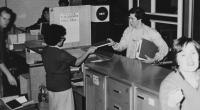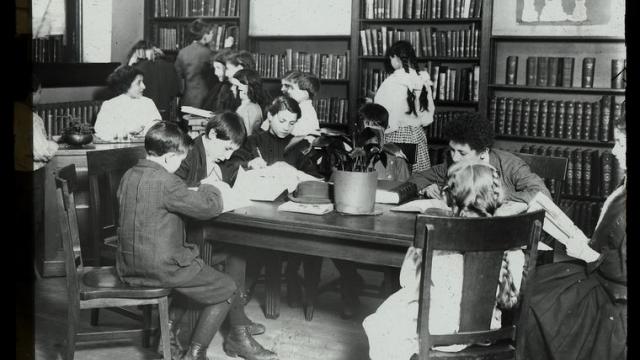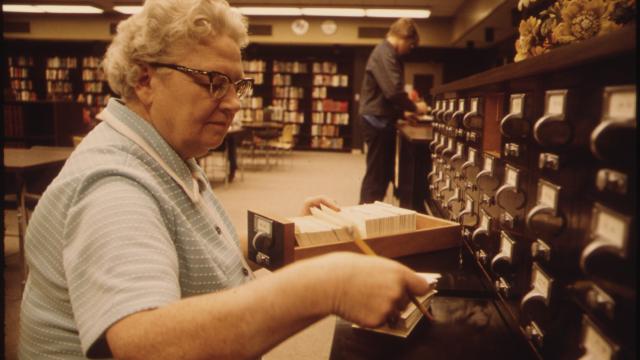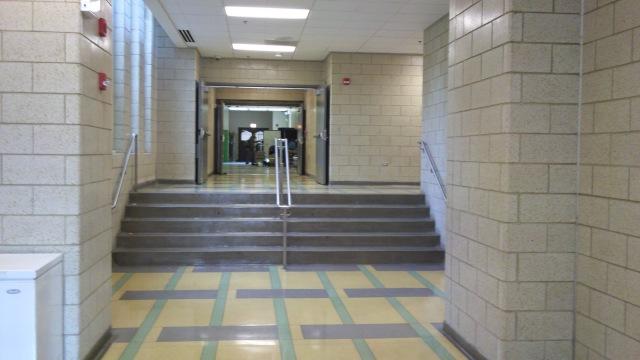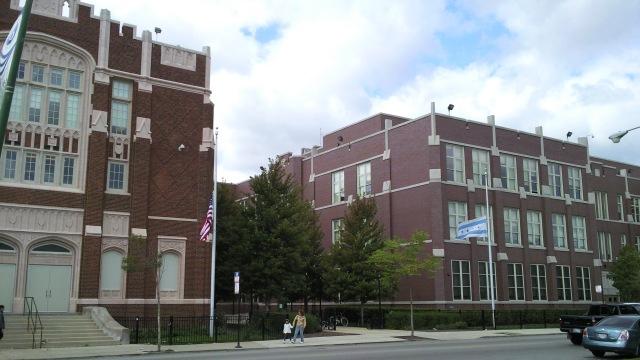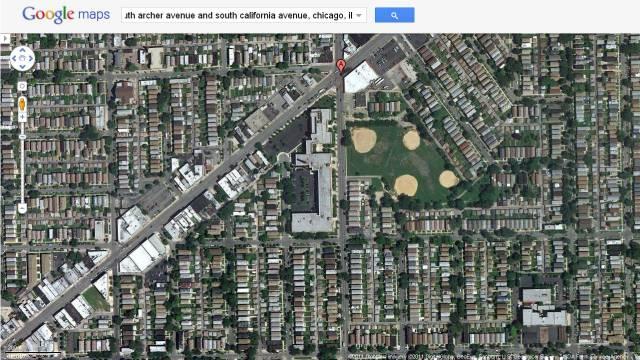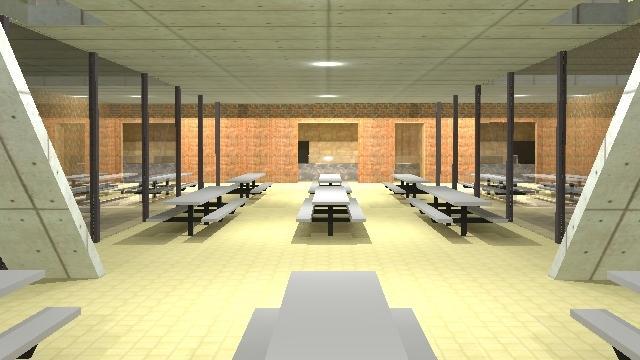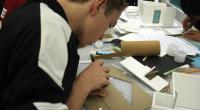
2012 national competition project #118 | cafeteria redesign
Out of the nine periods of a school day, the average student gets one small 42 minute period for his or her lunch where they can socialize with their friends, eat a healthy meal, catch up on school work, get some fresh air, and simply have some time to relax. There are a little under 1200 students at my school, High Point Regional High School, and four lunch periods. Consider the daily attendance at a school, and take away students that do not have lunch, and one can say around 250 students eat in the cafeteria at one time. That's a lot of students if you ask me. So why must the cafeteria be small, loud, uncomfortable, look like a prison on the inside, not provide an outdoor and quiet eating area, and not provide healthy eating options? For this project, Discover Design: Redesign your school cafeteria, i will be redesigning my school cafeteria to provide students with all of the needs and benefits of a healthy cafeteria listed above.

